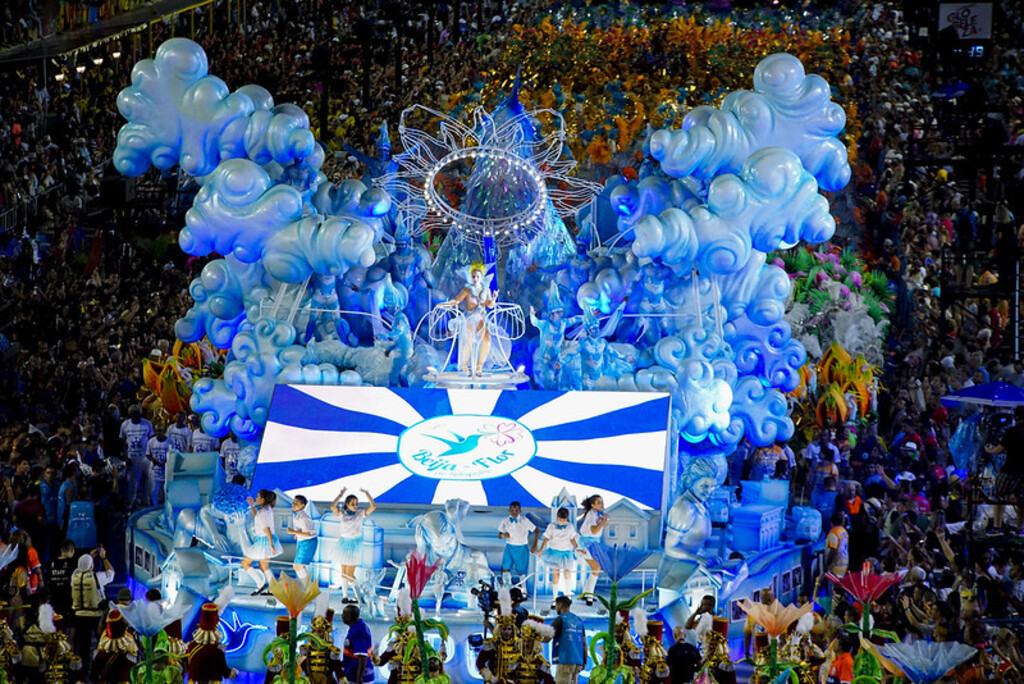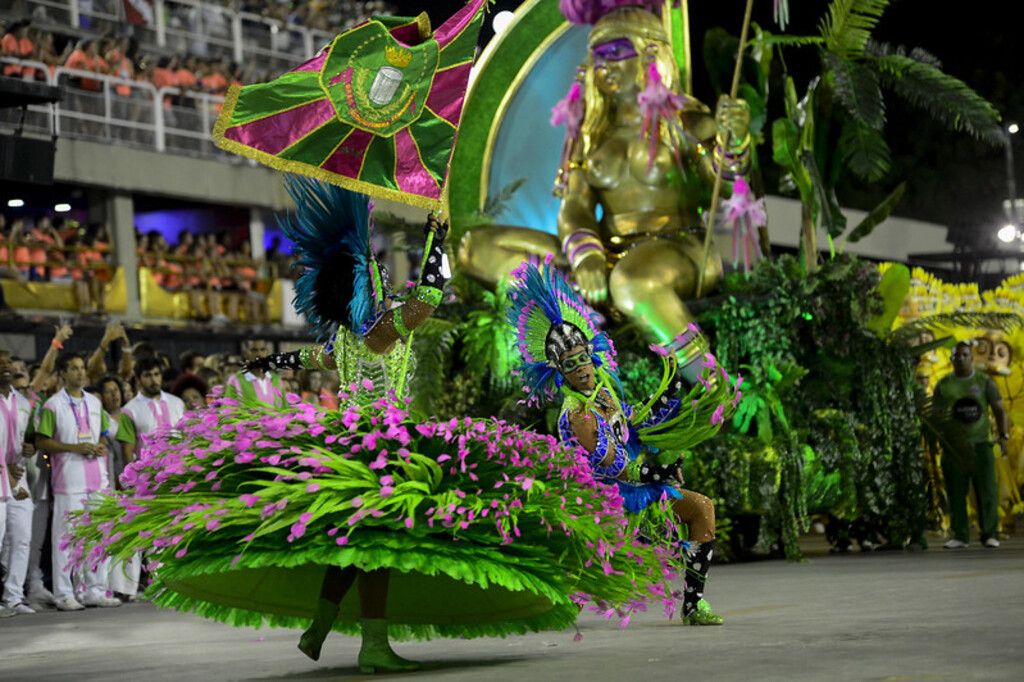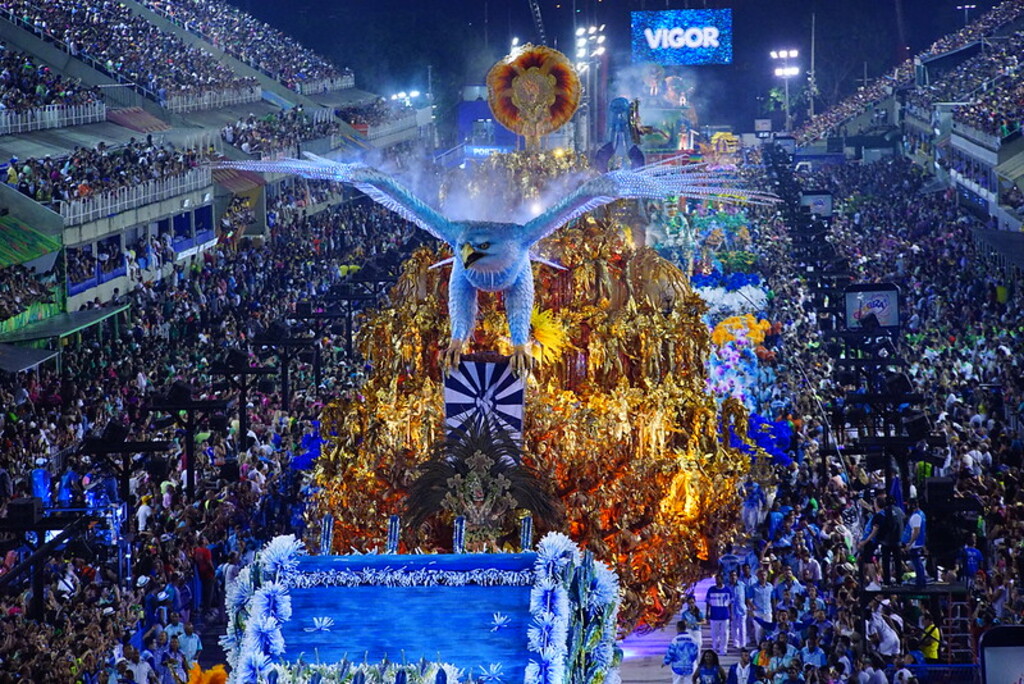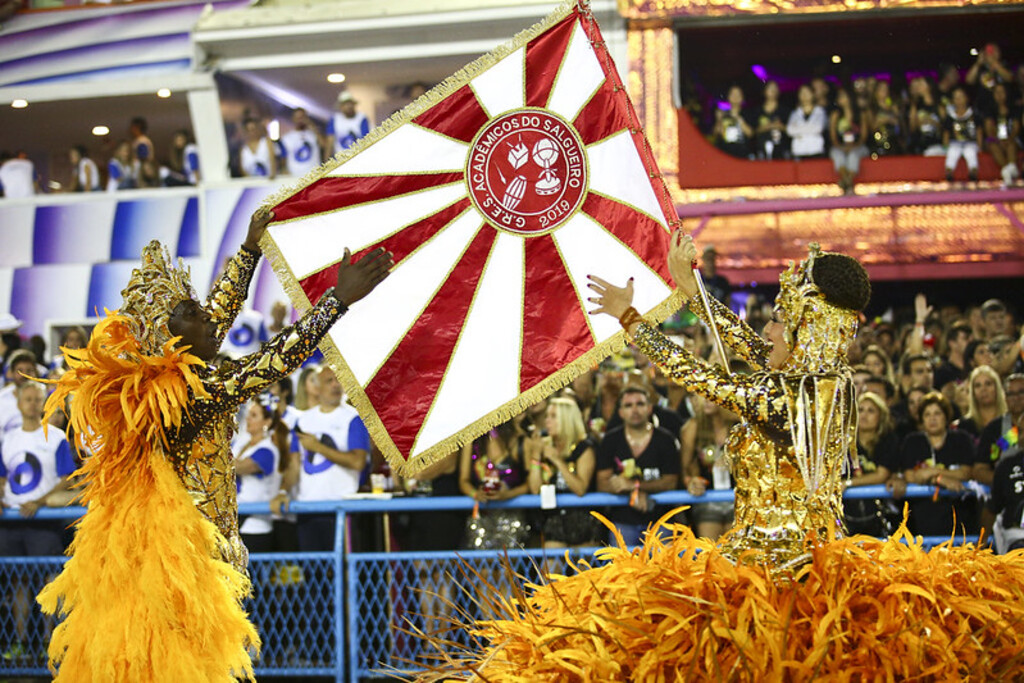In order to understand the Carnival history in Rio de Janeiro, you have to go back in time when the Greeks often held festivities in homage to Dionysus, the god of wine. The Romans then adopted this tradition by drinking all day and masters swapped clothes with soldiers in reverence to their gods Bacchus and Saturnalia.
Buy HERE your Rio Carnival Tickets
With the rise of Catholicism, this custom was elevated to more benign celebration held days before the Catholic Lent. The Carnival is supposedly inspired from the Portuguese celebration ‘Entrudo.’ According to Carnival history, the first records of the Rio Carnival ball was held prior to the 19th century, or the year 1840 to be exact, as participants performed the waltz and polka. Interestingly enough, the samba—the most popular dance performed today—wasn’t introduced until 1917.
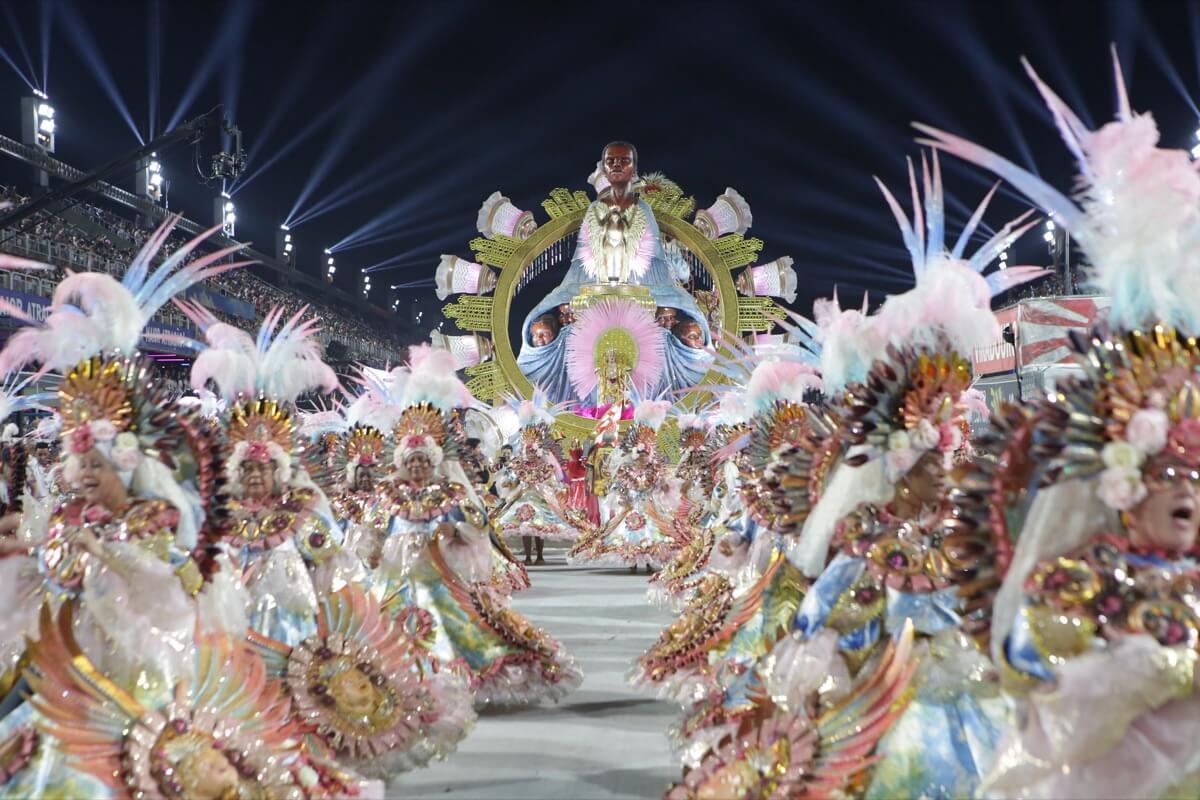
The Catholic influence of the festivity can be gleaned from the expression Carne Vale, the origin of the word Carnival, which means ‘farewell to meat.” This refers to Catholic practice of abstaining from eating meat during a 40-period after Ash Wednesday until Easter.
The abstinence often extends to the consumption of alcohol or other vices considered as indulgent. By knowing the Carnival history, you can have a better appreciation of the week-long revelry that is now attracting millions of visitors from all over the world.
As mentioned above, while samba was introduced later, now thirteen samba schools compete during two days at the Sambadrome for the honor of being adjudged as the best in Rio.
The African Roots of the Carnival
Watching the performances today, you wouldn’t realize it without studying Carnival history that it was patterned after the formal parties and masquerade balls in Europe.
These balls were very popular in Italy and Portugal, which brought the practice to Brazil. The Portuguese also brought with them many Africans to Brazil as workers and slaves, which is the reason for the distinctive nature of the Rio Carnival.
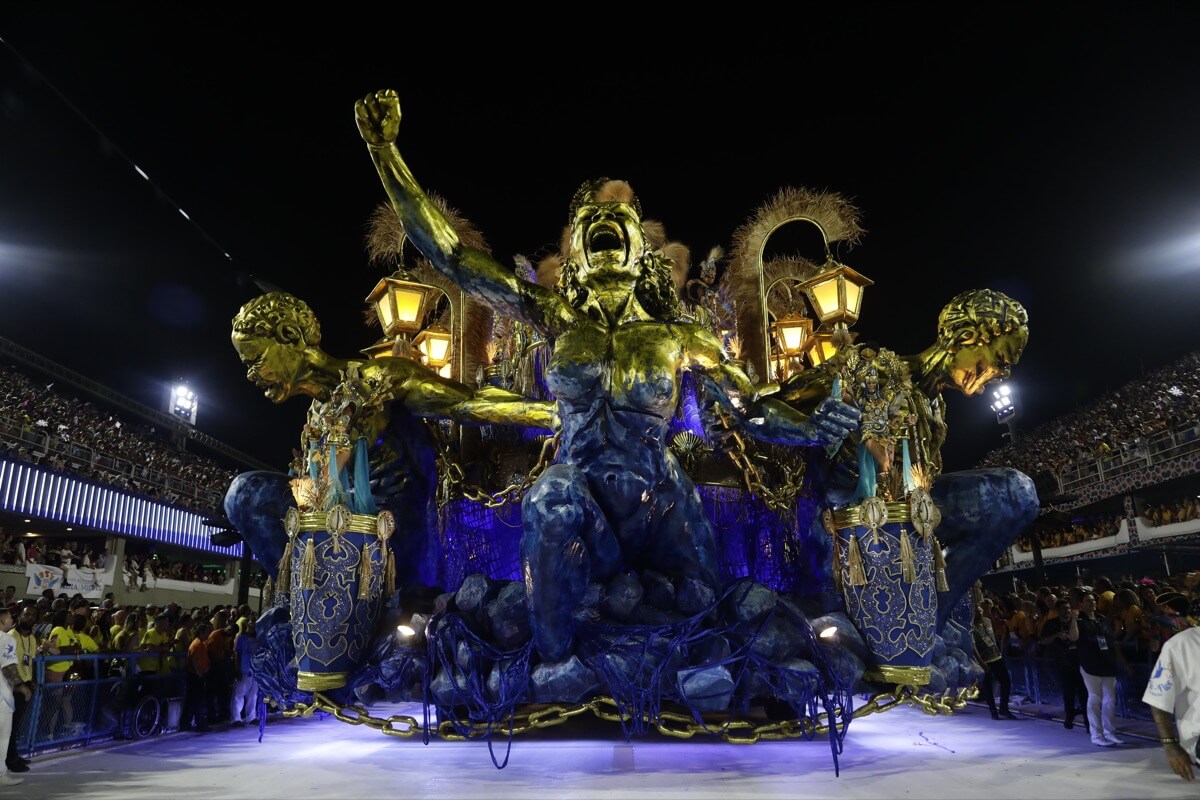
The Africans slaves did not completely forget their culture and so they took along with them the practice of paying homage to the gods through elaborate masks and costumes. They also use bones, grass, feathers or wood in supplication or to fight against evil spirits. This is the reason why the modern Rio Carnival possesses that rustic and earthy character.
The Samba in Carnival History
The African slaves are the ones who actually introduced samba to Brazil in early 1900s. In West Africa or Angola, Africans perform the samba as a form of celebration in joyous times and refuge during harsh conditions.
After slavery was finally abolished in Brazil, a large portion of these Africans set up settlements farther south of the country, particularly in Cidade Nova and Praça Onze. Over time, these places became the epicenter of samba culture. The popularity of the samba quickly spread throughout the country.
Artists, composers and dancers often congregated to display their skills or their own versions of the samba. They formed groups which evolved into formal clubs, then these clubs bonded together to form associations and later these developed into schools.
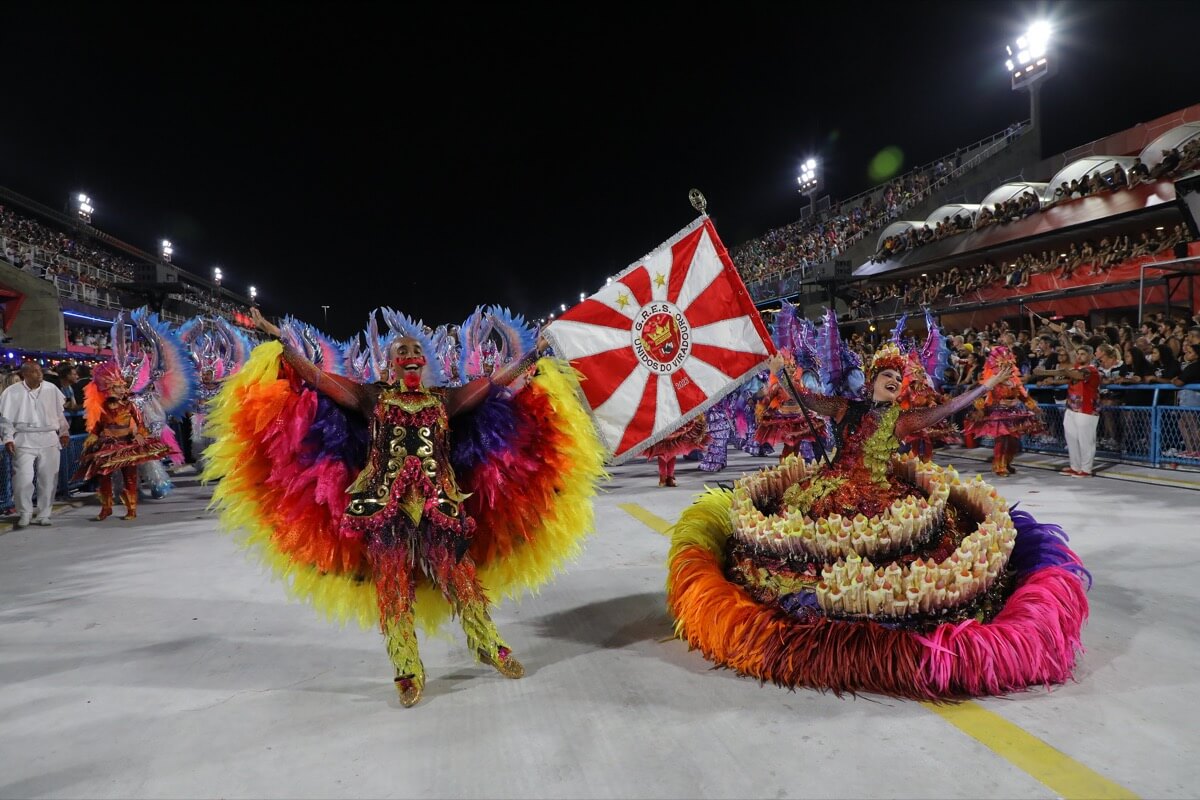
The first samba school was said to be “Deixa Falar” which was formed in 1928. The competition started from being fun to being serious business. When you take the whole Carnival history into context, it’s amazing how samba became the country’s official dance that quickly since it took only 15 years from the time the Africans introduced samba to the formation of schools. These schools initiated their first public exhibition to a resounding success in 1932.
Rio de Janeiro was the birthplace of the Association of Schools of Samba City, which mounts the modern samba parades during the annual Carnival. The samba schools of today are very elaborate and run like corporations.
They have their own buildings, gymnasiums or clubs which allow them to practice their performances in secret. These schools also are very active in the community through various social services.
The Sambadrome: Earning a Chapter in Carnival History
Until about three decades ago, the Marquês de Sapucaí Avenue, one of the historic streets of Rio de Janeiro, was the place for the Carnival parade. But the number of spectators and visitors grew so organizers felt it was time to construct structures on both sides of the alley for the tourists.
This gives rise to construction of the Sambodrome, which was sketched by Oscar Niemeyer, and hosted the parade for the first time in 1984. Since then, the Sambadrome has played host to the top samba schools where they showcase their costumes, dances, bands, and floats for over an hour and a half.

These performances culminate during the Carnival Sunday, Monday and Tuesday where the twelve samba schools kick it up a notch for the title.
The Sambodrome today is also known as the Sambadrome Marquês de Sapucaí and has earned its place in the Carnival history. Nearly a million tourists each year cluster in Rio not just to watch the spectacle but also to experience that unique Afro-European culture in Brazil.
The event at the Sambadrome has become very popular that major TV channels around the globe send their own crew to tape the Carnival for the worldwide audience.
There is a price of admission, however, since each spot to the Sambadrome is highly sought. But you can always watch for free the many performances or the rehearsals of the top schools prior to the culminating parade.
Computing the Carnival Period
It’s quite easy to determine the date of the Carnival. You only have to look at the Carnival history to gain a perspective of why. The carnival is observed from Friday until the day preceding Ash Wednesday. So you can understand the term Fat Tuesday. The dates obviously change every year depending on the calendar.
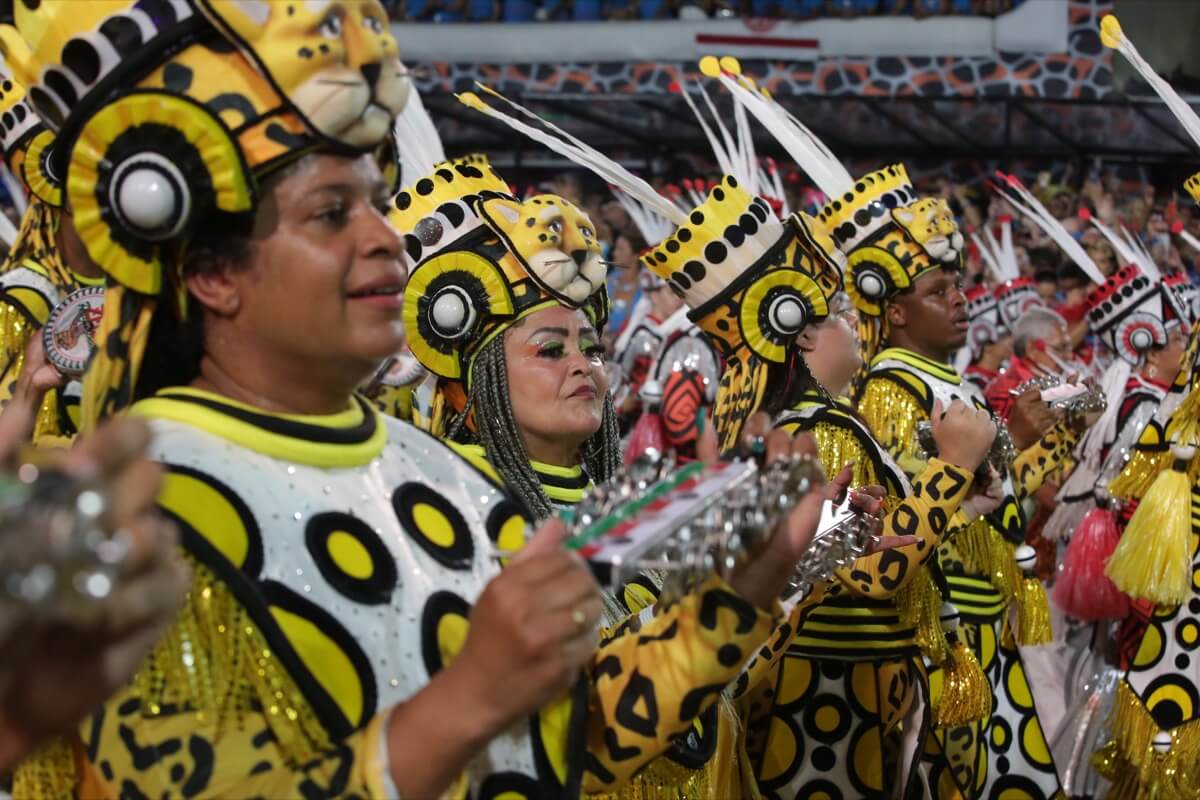
According to formula decided by the Council of Nicea in 325 AD, Easter should fall between March 22 and April 25 as determined by the Paschal full moon. Of course, it’s ridiculous to think that the original aim of the carnival when the Catholic Church adopted it was for devotees to have five days of extravagance and self-indulgence.
The Church might balk at the garish spectacle but economics play a huge part in the modern extravaganza. The original purpose, as can be learned from the Carnival history, was for Christians to celebrate before subjecting themselves to a 40-day of sacrifice until Easter.


